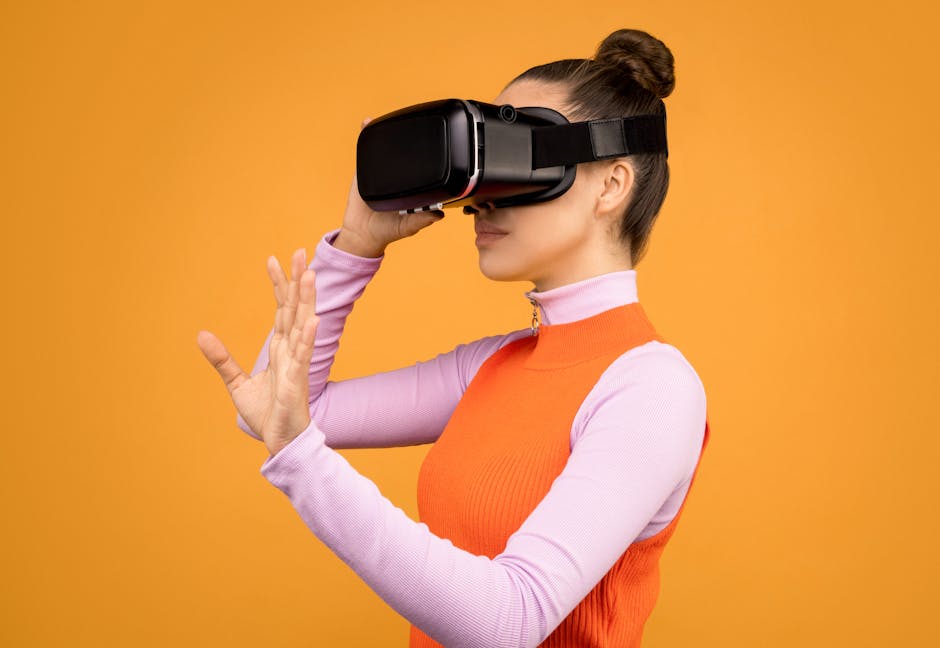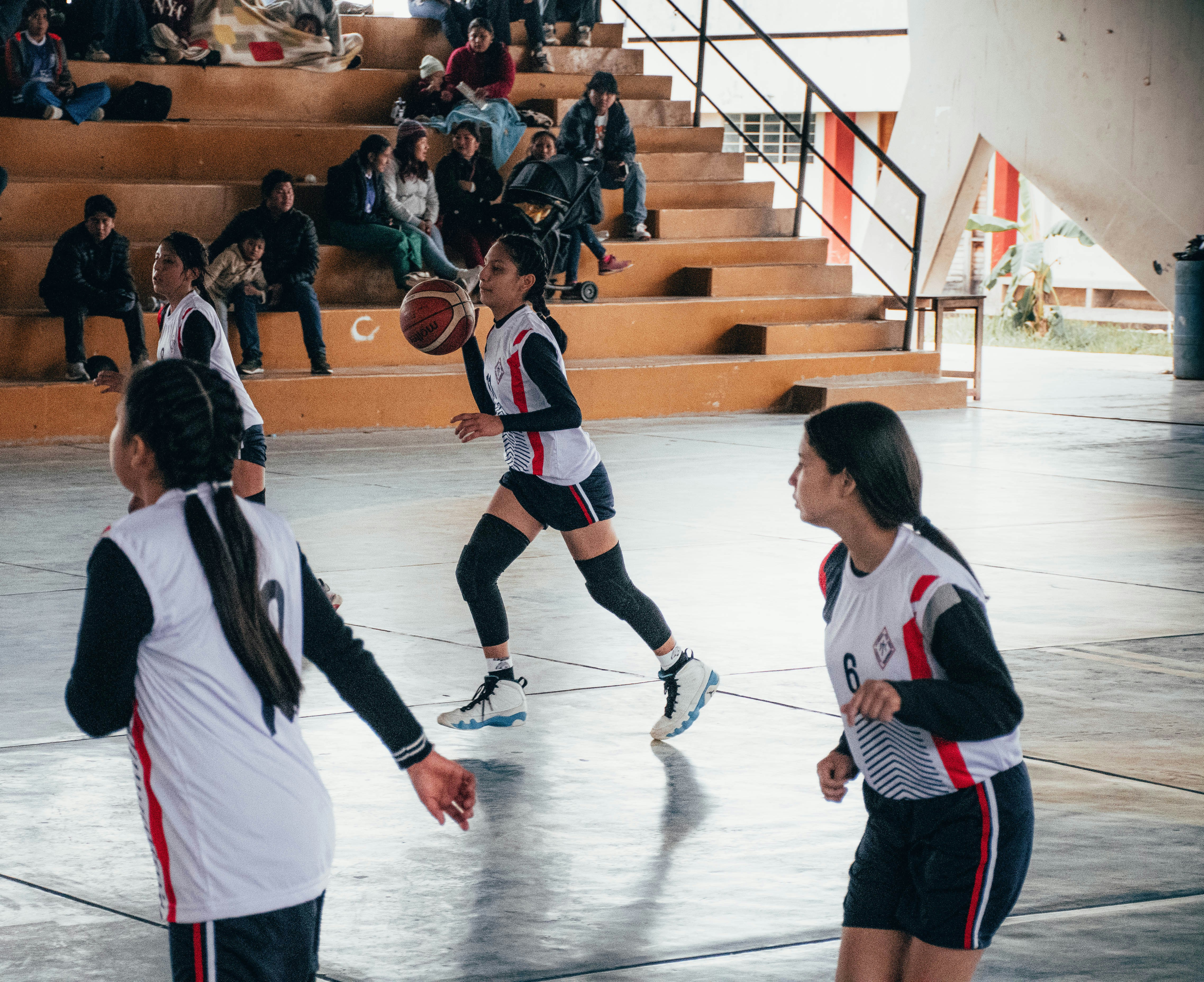The Sonic Edge: Acoustics Transforming Sports Fan Experiences
Sound is often overlooked in the fast-paced and visually stimulating world of sports. However, advanced acoustics are playing an increasingly crucial role in reshaping how fans engage with their favorite teams and how athletes perform. From arenas filled with electrifying crowd noise to the quiet hum of a training facility, the auditory landscape profoundly impacts emotions, motivations, and decisions in sports. In this article, we will explore how cutting-edge sound technology and concepts are enhancing both fan experiences and athlete performance, piecing together this sonic puzzle and unveiling the hidden power of sound in sports.
The Power of Sound in Sports: An Overview
Before diving into the specifics, it is essential to acknowledge the existing relationship between sound and sports. Whether it’s the roar of the crowd during a last-minute goal, the satisfying crack of a bat hitting a baseball, or the stirring national anthem before kickoff, sound shapes our emotional responses to sports events. According to a study published in the Journal of Sport Sciences, athletes who train in sound-enhanced environments often experience heightened performance due to improved focus and reduced anxiety.
Moreover, the rise of immersive technologies has allowed teams and venues to augment the acoustic experience further. By harnessing advanced acoustics and sound design principles, organizations are taking fan engagement to unparalleled levels, ensuring that no moment is uninspired.
Fan Engagement: Enhancing the Experience with Sound
The 2025 Sports Fan Experience Report highlights the growing interest in enhancing fan experiences through technology. An essential aspect of this transformation is sound. Stadiums are now being designed with acoustics in mind to ensure optimal sound distribution. Imagine being seated in the nosebleed section, and yet feeling like you’re in the thick of the action due to the sound engineering that channels noise effectively.
Smart Venues and Acoustic Innovations
Venues are increasingly adopting smart technologies aimed at improving acoustics. For example, the installation of advanced sound systems capable of creating rich, layered audio environments can drastically enhance live experiences. Facilities are integrating AI-based sound management tools that adapt in real time to environmental conditions and crowd dynamics, making sure the excitement is palpable from any seat.
This focus on auditory engagement goes hand-in-hand with advancements in augmented reality (AR) technologies. Personal devices can now deliver customized audio experiences based on the game’s context. For example, a fan can choose to listen to player-direct commentary or real-time expert analysis without the ambient noise overwhelming the experience. This hyper-personalization has become a game-changer in fan interactions.
Soundscapes in Sports Training
While fans crave the thrill of sound during events, athletes are discovering how sound greatly impacts their training and performance. From the calming playlists that help athletes focus during practice to the motivational sounds that pump them up before competitions, soundscapes are critical in shaping an athlete's mental game.
Training centers have begun to explore sound as a component of workout efficiency. Sound clinics offer programs incorporating musical patterns and auditory cues to aid in synchronization and rhythm, crucial for sports like running, swimming, or even martial arts.
The Cut: Sound and Athlete Performance
Beyond fan experiences, sound technologies are fascinatingly influencing athlete performance as well. Wearable tech is one application where an athlete can harness biofeedback alongside sound inputs to maximize efficiency and focus.
How Sound Affects Cognitive Function
Research suggests an athlete's ability to focus and concentrate significantly improves in sound-enhanced environments. Neuroscientific studies have indicated that certain sound frequencies can trigger relaxation responses, helping reduce performance anxiety. Athletes undergoing neurofeedback training, for instance, can learn to regulate their mental states through auditory cues that indicate progress, driving optimal focus and steady nerves.
Athletes like Chris Froome and Serena Williams have publicly acknowledged using sound as part of their training regimens, attributing their heightened performance to personalized playlists tailored to energize them during workouts or competition.
The Role of Acoustics in Safety
Interestingly, advanced sound technologies also play a critical role in improving safety within sports environments. Acoustic monitoring systems can detect sounds indicative of injury, like specific impact noises that might suggest a sprain or fracture. By swiftly addressing these sounds, teams can prevent more severe injuries.
Innovative start-ups have developed bio-acoustic sensors that alert trainers and coaches to unusual sounds coming from athletes during practice, ensuring that interventions occur before issues escalate.
Inside the Booth: The Cultural Impact of Sports Sound
Acoustics don’t merely enhance engagement and safety; they also weave into the storytelling fabric of sports. The sound track, from announcers to crowd noise, creates a narrative that significantly impacts how audiences interpret events.
The Soundtrack of Sports Narratives

Consider how the iconic “Dun Dun Dun” sound byte from dramatic sports moments resonates with fans — it creates anticipation. Such sounds cement memorable moments into cultural memory.
Venues like Madison Square Garden have mastered this concept, expertly blending crowd noise, music, and announcements to create an unforgettable atmosphere. Conversely, virtual environments are replicating this experience for fans who can't attend games in person, bridging the gap between reality and virtual soundscapes.
Future Trends: Where Sound is Headed

As we look toward the future of sports, several trends indicate that sound will become more integral to fans and athletes alike. Here's what you might expect:
A Shift Toward Personalization

Customized sound profiles will likely become the norm, with future systems equipped to adapt in real-time to an individual’s preferences and emotional states. This person-centered approach will amplify the connectivity between fans and their teams, creating a bespoke audio experience tailored to personal tastes.
The Integration of AI

Artificial intelligence will play a pivotal role in sound management and analysis. As teams gather vast data sets—ranging from crowd behavior to performance metrics—AI will provide insights that enhance acoustics, ensuring that every cheer, chant, and sound effect pushes the narrative forward.
Acoustic Augmented Reality

Acoustic augmented reality may soon allow fans to experience soundscapes augmented by AI, enabling them to turn ordinary arenas into vibrant sound-filled experiences tailored to their preferences. Imagine walking into a stadium and instantly feeling the energy of the crowd, fine-tuned to create the most thrilling atmosphere.
Real-World Examples and Case Studies

To illustrate these advancements, we’ll look at a few organizations leading the way in sound technology.
Successful Implementations

The Golden State Warriors have implemented cutting-edge sound systems in the Chase Center, increasing crowd engagement and ensuring each note resonates with fans. Similar efforts have been made by European soccer clubs such as FC Barcelona, adopting state-of-the-art sound systems that adapt to crowd noise, enhancing the overall match experience.
In the realm of athlete training, Nike's innovation centers have explored advanced sound technologies in partnership with sports psychologists to curate ideal sound environments. They utilize playlists that are curated scientifically, designed to improve focus and motivation, helping their athletes reach peak performance.
Final Thoughts: Embracing the Sonic Edge
As we’ve explored, sound is emerging as a powerful force in the world of sports, influencing everything from fan engagement to athlete performance. By embracing advanced acoustics, teams can create memorable experiences that resonate long after the final whistle. With the rise of smart technologies and AI, the sonic landscape of sports will continue evolving, paving the way for unprecedented levels of interaction and engagement.
Sport enthusiasts and athletes stand on the brink of a new frontier where sound is no longer merely a backdrop but a central character in the story of sports. By recognizing and harnessing the power of acoustics, we can anticipate that the connection between teams and their supporters will be more intimate, invigorating, and dynamic than ever before.
Interested in exploring how other technologies are influencing sports? Check out our posts on AI's role in fan engagement and virtual reality in athlete health.











